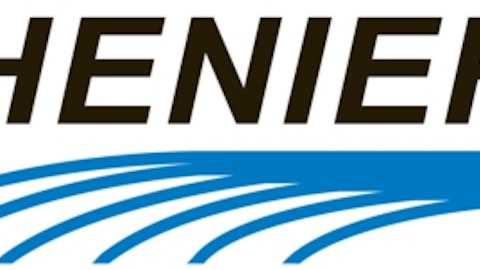For a few years now, energy companies are trying to find new ways to benefit from the abundance of natural gas in the U.S. Some will process the commodity to produce derivative products such as propane, butane and ethane. Others will challenge the current ways to reach available markets, or even try to reach new markets that were unaffordable to do business with before.

LNG export projects face several regulatory hurdles, including long-delayed time for study and grant of licenses by several agencies like the Federal Energy Regulatory Commission (FERC) and the Department of Energy (DOE). On May 17, the DOE reported that it approved ConocoPhillips (NYSE:COP)’ Freeport LNG Expansion and FLNG Liquefaction to export LNG to countries without a free trade agreement with the U.S. However, the Freeport facility is still subject to an environmental review and final approval.
Only the second granted export license to non-FTA countries
Freeport LNG has been authorized to export up to 1.4Bcf/d (billion cubic feet per day) of natural gas for the next 20 years. It is expecting to commence construction in late 2013 and anticipates a construction schedule of approximately four to five years to completion and start-up of the liquefaction project which is currently envisaged to occur in 2017.
The company reported production of 1,596Mboe/d for Q1 2013 compared to 1,581Mboe/d. It reported Q1 2013 earnings of $2.1 billion or $1.73 per share, compared with Q1 2012 earnings of $2.9 billion or $2.27 per share, a drop of 23.8% according to its Q1 2013 earnings release. According to the company, full-year 2013 production from continuing operations is expected to be in the range of 1,485 to 1,520Mboe/d from which 45% would be natural gas and LNG.
Therefore, ConocoPhillips (NYSE:COP) joins a very select group counting only one member since May 17th, Cheniere Energy, Inc. (NYSEMKT:LNG), whose Sabine Pass project received the very coveted export license to non-FTA countries, on March 2012. Sabine Pass is authorized to export 2.2Bcf/d. Achieving the overall project of export liquefaction should take about three years and is expected to start operating in Q1 2016.
The company reported a net loss attributable to common stockholders of $117.1 million or $0.54 per share for Q1 2013, compared to a net loss of $56.4 million or $0.43 per share for the comparable 2012 period. Results include $34.6 million for this quarter, related to its Cheniere Energy, Inc. (NYSEMKT:LNG) terminal and pipeline development expenses primarily for its liquefaction facilities including the Sabine Pass terminal. Another of its terminals, Corpus Christi, is in the process to acquire a coveted export license.
Cove Point LNG a strong contender still awaiting approval
Another natural gas producer is waiting approval for its Cove Point LNG terminal. The company is Dominion Resources, Inc. (NYSE:D). According to Dominion, the facility has a storage capacity of 14.6Bcf with seven storage tanks and a daily send-out capacity of 1.8Bcf. The export facilities would be designed to process an average of 750Mcf/d of inlet feed gas and an estimated 4.5 to 5.0Mtpa (metric tons per annum) of Cheniere Energy, Inc. (NYSEMKT:LNG) output. The construction of export facilities is expected to begin in March 2014 with commissioning in March 2017.
In its Q1 2013 release, Dominion Resources, Inc. (NYSE:D) declared earnings of $495 million or $0.86 per share, compared to $494 million or $0.86 per share for the same period in 2012. Reported operating earnings amounted to $476 million or $0.83 per share, compared to originally reported operating earnings of $486 million or $0.85 per share for the same period in 2012. Dominion Resources, Inc. (NYSE:D) is well positioned to benefit from its LNG business over the long term if the company can finally receive the approval for its LNG export project. The Cove Point LNG export project will undoubtedly play a major role in the company’s future growth.

